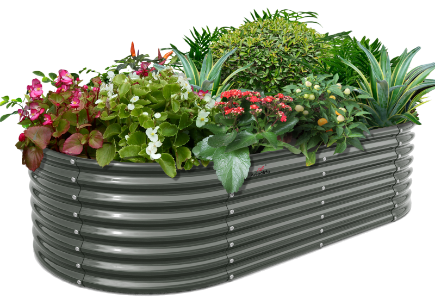In the realm of modern design, non-reactive finishes have emerged as a popular choice for both aesthetic and practical reasons. But what exactly are these finishes, and why are they so highly regarded? This article delves into the characteristics, benefits, and applications of non-reactive finishes, providing a comprehensive understanding for designers and homeowners alike.

What Are Non-Reactive Finishes?
Non-reactive finishes refer to coatings or treatments that do not chemically interact with the materials they cover. This characteristic makes them particularly valuable in various applications, from kitchenware to outdoor furniture. Unlike reactive finishes, which can change color or degrade over time due to exposure to elements, non-reactive finishes maintain their integrity and appearance.
Benefits of Non-Reactive Finishes
- Durability: Non-reactive finishes are known for their long-lasting properties. They resist corrosion, staining, and fading, making them ideal for items exposed to harsh conditions.
- Low Maintenance: Because they do not react with environmental factors, these finishes require minimal upkeep. A simple wipe-down is often all that is needed to keep surfaces looking pristine.
- Aesthetic Appeal: Available in a variety of colors and textures, non-reactive finishes can enhance the visual appeal of any design. They can be applied to metals, ceramics, and even wood.
- Safety: Many non-reactive finishes are food-safe, making them suitable for kitchen applications. This is particularly important for items like cookware and dining surfaces.
Applications of Non-Reactive Finishes
The versatility of non-reactive finishes allows them to be used in numerous contexts. Here are some common applications:
- Kitchenware: Non-reactive finishes are often used in pots, pans, and utensils to ensure food safety and longevity.
- Outdoor Furniture: Garden furniture made with non-reactive finishes can withstand the elements without deteriorating.
- Architectural Elements: Non-reactive coatings are frequently applied to metal fixtures and fittings to prevent rust and corrosion.
- Decorative Items: From vases to sculptures, non-reactive finishes can enhance the beauty of decorative pieces while ensuring their durability.
Choosing the Right Non-Reactive Finish
When selecting a non-reactive finish, consider the specific requirements of your project. Factors such as the material being coated, the intended use, and environmental exposure should guide your decision. For instance, if you are looking for a finish for a galvanized garden bed, you might explore options that offer both aesthetic appeal and resistance to rust. You can find a variety of such products at .
Conclusion
In summary, non-reactive finishes provide a multitude of benefits that make them an excellent choice for modern design applications. Their durability, low maintenance, aesthetic appeal, and safety features position them as a preferred option for both consumers and designers. As you explore your options, consider how these finishes can enhance your projects and contribute to lasting beauty and functionality.














